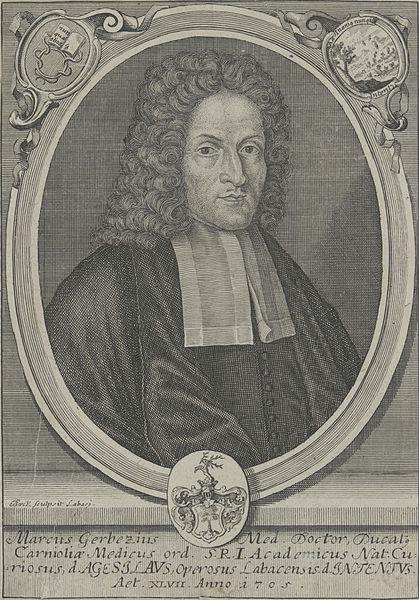
Gerbec studied medicine in Vienna, Padua, and Bologna. He obtained two doctorates and eventually became a full-time physician in Ljubljana and at the Stična Monastery in Slovenia’s Dolenjska region.
He was particularly interested in how diseases spread in the human body, and he methodically recorded the course of several illnesses. His work was trailblazing, and he published some of his research in international publications, including Opera Medica, a prestigious journal edited by a British physician.
One of the illnesses that he described for the first time was a heart condition – an atrioventricular block -- that later became known as the Adams-Stokes Syndrome. It wasn’t until recently that researchers realized that Gerbec had been the first to discover the condition, which is officially named after two Irish physicians who lived more than a century later.
A researcher ahead of his time, Gerbec studied how the environment – from alcohol abuse to insufficient sleep -- plays a role in the spread of disease. He also helped to pioneer preventive medicine. His enthusiasm about the curative benefits of spas helped to establish spa tourism in Slovenia, particularly in the resort town of Rogaška Slatina. He was also an early advocate of good hygiene as a means to prevent disease.
Gerbec was far less lucky in his private life. Despite his medical experience, not one of his 11 children survived into adulthood.
A portrait of Gerbec, who died in 1718, now graces the hallways of the University of Padua, where he had studied. He also left behind another legacy: He helped to set up a scientific academy in Ljubljana. Dubbed Academia Operosorum Labacensium, the institution continued to carry out groundbreaking research in the Slovenian Lands and gave new generations of scholars an opportunity to share their knowledge with the outside world.


































































